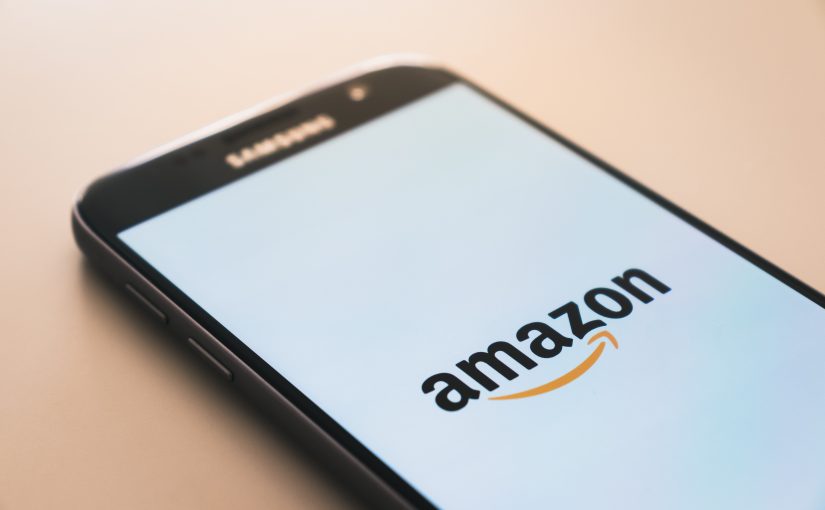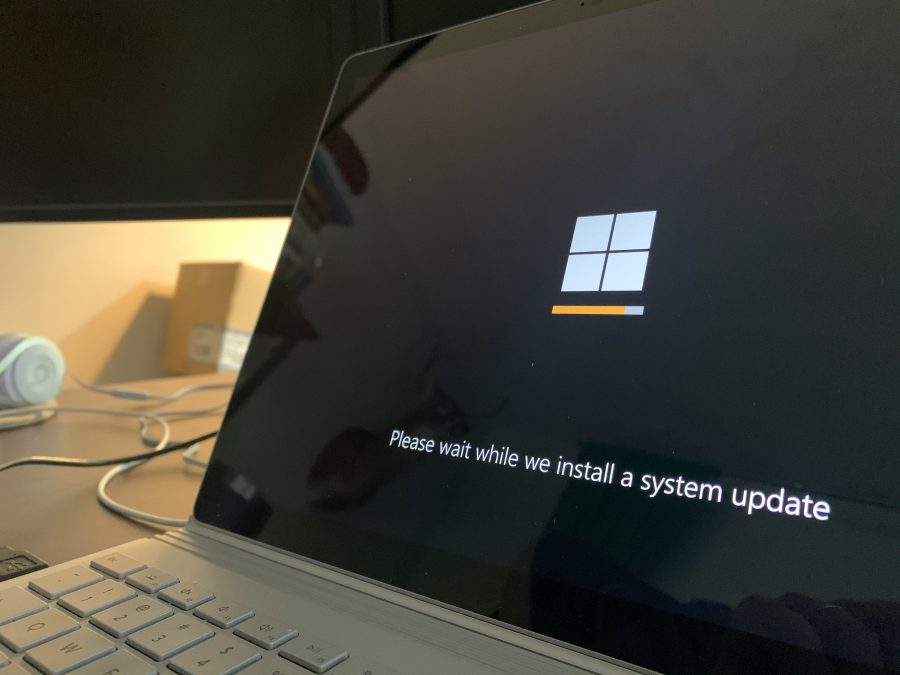In the ever-evolving landscape of e-commerce, it’s evident that the last decade has witnessed a remarkable expansion. A paradigm shift in consumer shopping habits has transformed how we engage with products and services. From the convenience of online grocery shopping to the experience of trying on apparel within the confines of our homes, the e-commerce realm has revolutionized the retail sphere. Moreover, consumers are increasingly turning to e-commerce platforms for products they once only considered purchasing after in-store trials. Notably, beauty-specific e-commerce has seen an exponential surge, nearly quadrupling between 2015 and 2022.
As we traverse into the next phase of e-commerce’s evolution, one entity reigns supreme: Amazon.
As the world’s largest e-commerce company, boasting a market capitalization exceeding $1.3 billion, Amazon significantly shapes the trajectory of e-commerce trends.
In 2023, we observe a discernible trend where brands progressively favor third-party, or 3P, selling.
What Is 1P vs. 3P E-Commerce?
In a 1P, or first-party, e-commerce model, brands sell their products to Amazon, entrusting the platform to sell them to the public. Conversely, the 3P model allows brands to sell through Amazon while retaining their identity as vendors.
A 3P e-commerce model has been gaining momentum over the last few years. While about half of all Amazon vendors use a hybrid approach of both first-party and third-party selling, as of the second quarter of 2023, 3P sellers sold 60% of paid units on the platform.
Why the Shift?
This paradigm shift toward 3P selling directly responds to evolving consumer buying patterns. It offers brands extended reach and more profound connections with their customer bases, driven significantly by the vast reservoir of data at Amazon’s disposal. The capacity to leverage Amazon’s extensive data resources in targeting customers throughout their shopping journey has proven irresistible to brands seeking to optimize their advertising investments.
Though a 1P marketplace might be simpler because it mimics the traditional wholesaler-retailer relationship, 3P offers vendors continued ownership, including more significant levels of visibility into sales data and more control over packaging, marketing, and category options.
Operating in an Open Marketplace
The shift to 3P also reflects the challenges many brands face in the 1P marketplace. In general, 1P sellers are more restricted. They have less control over pricing, for instance. Amazon operates as an open marketplace and does not adhere to the suggested retail price (SRP) or minimum advertised price (MAP) guidelines. Moreover, using algorithms to determine pricing strategies often leads to abrupt reductions to compete with marketwide discounts.
However, despite the shift from 1P to 3P, brands wishing to leap must be ready for the demands of an open marketplace. They will need to summon their external and internal resources to support demand planning, content creation, SEO, marketplace compliance, and promotional strategy and logistics. Will the move be worth it?
How Brands Can Benefit From Moving to 3P
Weighing up 1P vs. 3P e-commerce means considering how your brand will maximize the opportunities of a move to third-party selling. How will you make the most of its benefits as other companies rush to do the same? Start with these tips:
1. Access Innovations as They Arrive
Amazon is at the forefront of e-commerce innovation and implements new technology to improve its services. As a third-party seller, you will gain access to data tools, giving you deeper insight into sell-through performance, the long-term value of customers, the share of the basket, and other essential marketing metrics. And, when Amazon gets involved with generative AI, you know it will change the marketing game.
2. Elevate Your Brand Presence
Success in the 3P model hinges on elevating your brand within Amazon’s ecosystem.
Crafting a distinct brand identity and showcasing unique qualities is paramount in standing out among the vast array of sellers.
Leveraging the storytelling tools available to 3P sellers can enhance your brand’s visibility and appeal.
3. Diversity Revenue Streams
Access to a larger market means access to more diverse revenue streams, which can be revitalizing for brands looking to grow and potentially add new product lines. Plus, acting on some of the other opportunities of third-party selling — such as brand-building social media or collaboration with influencers — can give your brand extra power in the marketplace so that those diverse revenue streams keep multiplying.
The truth is that nearly all e-commerce companies could benefit from the 3P model of e-commerce. The question is, how will you manage that transition and properly support its growth? When will be the right time in your strategy as a business to leap, or are you already prepared?
Featured Image Credit: Provided by the Author; Photo by Christian Wiediger; Unsplash










